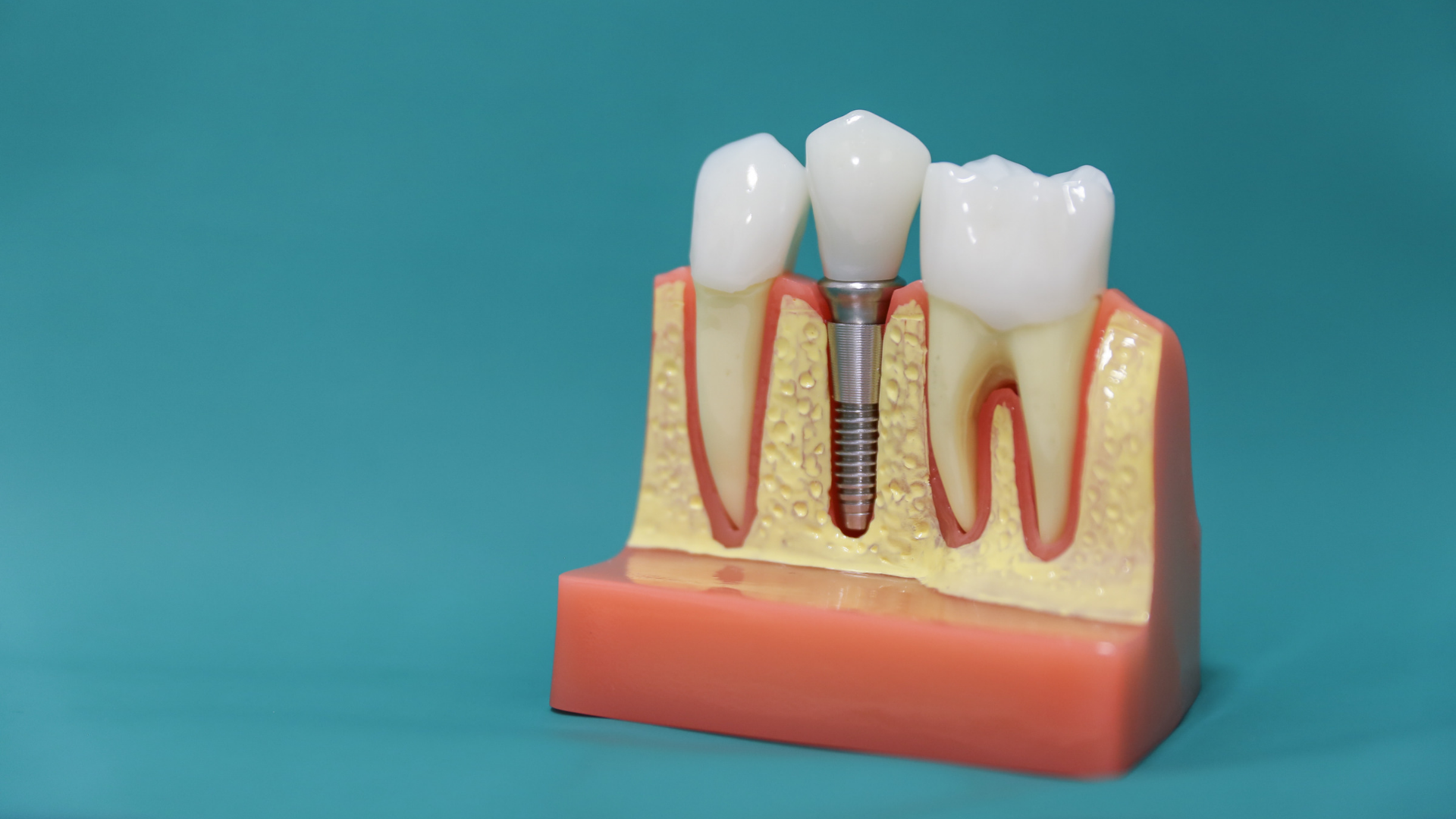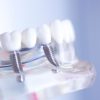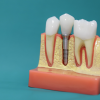Mini Dental Implants:In which cases are they used and what are their advantages & disadvantages?
Mini dental implants (MDI) are the latest technological developments in the field of implantology. They are an alternative and more economical option for a large portion of patients since they can be used in place of conventional implants. They are small in diameter and this makes them useful in specific cases.
What are the advantages of mini dental implants?
The most important advantage that mini dental implants have is the lower cost compared to a conventional dental implant. There for, a larger percentage of patients can benefit and have a functional and beautiful smile again. Equally other important advantages are:
- Smaller diameter
- Painless procedure
- Less need for the use of bone grafts
- Less bone pressure
- Increased stability
- Short procedure
- Ideal for older patients
What is the procedure for placing mini dental implants?
Their placement is fast and the prosthetic restoration can be done immediately. Due to the favourable smaller diameter, they can be used in older patients with incomplete bone. Also, during placement we can insert them tighter without causing problems in the area. The procedure is done in just a few hours in the office and at the end the patient leaves with a functional smile. There is no need to wait for months like conventional implants, and the result is fully stable and ready to use. Surgical implantation is done through small incisions in the gums and is generally a less invasive option.
Are there any disadvantages to using mini dental implants?
When used correctly they have very few disadvantages compared to conventional implants. An experienced maxillofacial surgeon can do the relevant study and a carefully planned treatment so that the result is the correct one. The pressure distribution of the forces from the implant should be done with absolute precision in exactly the right position.
Of course, we should also take into account the size factor where it affects the strength. It is more often the case that it can lead to fracture and loss of the implant due to less resistance. So it is not suitable for placement in the back teeth.
Due to their ease of use, they are used by ordinary dentists in addition to implant specialists with less extensive knowledge where they may recommend them in cases where they will not be a solution. Their low cost may make them more attractive to choose but if used inappropriately the treatment may be more cost-effective.
Do mini implants stand the test of time?
They are created to be compact with the abutment built in. This means that after long term use if there is wear and tear the whole implant will need to be replaced unlike conventional implants where the point of wear can be replaced individually. For long-term options conventional dental implants are still better due to their durability and construction.
What are the limitations to their use?
Their placement can have limitations, especially in the maxilla when there is not enough density and proximity to the sinus. They also cannot be placed after dental extraction because healing must first take place in the area.
Mini implants have received FDA certification for retaining mobile dentures in the mandible. For other cases they have not yet been widely used and usually require a larger number of implants for stabilization. For example, in the stabilization of an overdenture, 4 mini implants may be needed when 2 would be needed if conventional implants were used.
Conclusions
Although mini implants have several advantages, since they are a major technological development and cost less than conventional implants, they have limitations that should be taken seriously. In the hands of an experienced oral surgeon they can give a wonderful smile with little effort but if not used with excellent calculation they can have the opposite results.




